This article was co-authored by Robert Dhir, MD and by wikiHow staff writer, Hannah Madden. Dr. Robert Dhir is a board certified Urologist, Urological Surgeon, and the Founder of HTX Urology in Houston, Texas. With over 10 years of experience, Dr. Dhir’s expertise includes minimally-invasive treatments for enlarged prostate (UroLift), kidney stone disease, surgical management of urological cancers, and men’s health (erectile dysfunction, low testosterone, and infertility). His practice has been named a Center of Excellence for the UroLift procedure, and is a pioneer in non-surgical procedures for ED using his patented Wave Therapy. He earned his undergraduate and medical degrees from Georgetown University and was awarded honors in pre-medical studies, urology, orthopedics, and ophthalmology. Dr. Dhir served as chief resident during his urological surgical residency at University of Texas at Houston / MD Anderson Cancer Center in addition to completing his internship in general surgery. Dr. Dhir was voted Top Doctor in Urology for 2018 to 2019, one of the top three Best Rated Urologists in 2019 & 2020 for Houston Texas, and Texas Monthly has named him to the 2019 & 2020 Texas Super Doctors Rising Stars list.
There are 12 references cited in this article, which can be found at the bottom of the page.
This article has been viewed 193,319 times.
You head to the bathroom to pee, but when you go to flush, you notice bubbly foam in the toilet bowl. Foamy urine can be alarming at first, but rest assured that a little bit every now and then usually isn't a big deal. However, if you’re consistently seeing foamy urine in the toilet, there may be an underlying condition you need to treat. Keep reading for more info on what causes foamy urine and how you can manage it at home or with the help of a doctor.
Things You Should Know
- Drink plenty of water to stay hydrated. Foamy urine can be a sign of mild dehydration.
- Visit your doctor for a checkup and treat any underlying health conditions. Kidney problems, diabetes, and hypertension can cause foamy urine.
- Keep in mind that it's normal to pass foamy urine sometimes. As long as it happens occasionally and isn’t a regular thing, you don't need to worry.
Steps
Background
-
1Normal urine should be clear with a yellowish hue. The color can range from pale yellow to deep amber, depending on how diluted or concentrated the urine is. Some medications can change the color of your urine as a side effect. But, in general, healthy urine shouldn’t have any blood or foam in it.[1]
-
2It’s normal to pass foamy urine every now and then. The speed of urination and other factors such as cleaning products, soap, or minerals in the water can cause bubbles or even some foam to form in the toilet. As long as it only happens occasionally and isn’t a regular thing, it shouldn’t be a problem.[2]
- If you or someone else cleaned your toilet, that could be the cause of the foam. Residue from soap and other cleaning products can stick around in the toilet bowl even days later.
Causes
-
1Foamy urine can be the result of a fast urine stream. How fast your urine stream is and how far the urine has to travel before hitting the water in the toilet can affect how many bubbles end up in the toilet bowl. If your pee looks a little bubblier than usual, it could be that it’s coming out a little faster than it usually does.[3]
-
2Foamy urine could be a sign of mild dehydration. The more dehydrated you are, the more concentrated your urine will be. That can result in foamy urine because you’re passing more waste in less liquid.[4]
- You can tell if you’re dehydrated if your urine is dark yellow or smells stronger than usual.
-
3Persistent foamy urine is a sign of protein in your urine. Your kidneys filter protein in your blood, but if they’re functioning normally, the protein stays in your body. So if you have a problem with your kidneys, protein can be released, which can cause foamy urine whenever you go to the restroom. When you have protein in your urine, it’s called proteinuria. Proteinuria can be an early sign of kidney disease or of a condition that’s impacting the way your kidneys function.[5]
- Chronic infections like hepatitis or HIV can cause protein to be released in your urine.
- Taking lots of OTC painkillers, especially NSAIDs like ibuprofen or acetaminophen, can also cause you to have high levels of protein in your urine.
- Some autoimmune conditions can impact the way your kidneys function, which can cause excessive amounts of protein to be released in your urine.
- Myeloma, a specific type of blood cancer, can also lead to extra protein in your urine.
-
4Diabetes or hypertension can cause protein in your urine. The increased blood pressure that can be caused by diabetes or hypertension can affect the blood flow to your kidneys. That can cause damage and protein to be released in your urine, which can show up as foamy urine in the toilet.[6]
- Hypertension, a.k.a. high blood pressure, is a systolic pressure of 130 or higher, or a diastolic pressure of 80 or higher.
Symptoms
-
1You can have white foam that stays in the toilet after flushing. It’s normal to have some bubbles in the toilet whenever you urinate. But the bubbles should be big, clear, and disappear whenever you flush. If you have thick, white foam that stays in the toilet bowl even after you flush, that’s foamy urine.[7]
-
2You may also have swelling in your hands, feet, abdomen, or face. Severe kidney damage can cause other areas of your body to swell. If you do have swelling in addition to foamy urine, see a doctor as soon as you can.[8]
Diagnosis
-
1
-
2If you don’t have diabetes or high blood pressure, it could be your kidneys. Your doctor will work to rule out potential causes of your foamy urine. If you have high blood pressure (HBP) or diabetes, they may want to try to better manage those conditions to see if that clears up your foamy urine and reduces your protein levels. If you don’t have any other conditions that could be causing your foamy urine, another possibility is early stage kidney disease.[11]
Treatment
-
1Try drinking more clear fluids if the issue is dehydration. If you spot foamy urine in the toilet, a good first step is to drink a big glass of water. That may clear up the problem on the spot if you’re experiencing a mild case of dehydration.[12] The US National Academies of Sciences, Engineering, and Medicine recommends that men should drink about 15.5 cups (3.7 liters) of fluids and women should aim for about 11.5 cups (2.7 liters) of fluids a day.[13]
-
2Medications and lifestyle changes can treat and prevent kidney disease. If your foamy urine is caused by kidney disease, work with your doctor to come up with an effective treatment plan. That can include medications to help treat your kidney disease. You may also need to lose some weight through a healthy diet and exercise to help improve your kidney health and reduce protein in urine. But it’s important that you follow your doctor’s recommendations so you can be sure they’re safe and effective for you.[14]
- Decrease the amount of salt in your diet to reduce protein in urine and get rid of foamy urine.
-
3An ACE inhibitor or an ARB can help protect your kidneys. Both ACE inhibitors and ARBs are medications that relax your blood vessels and allow blood to flow more easily through your body. They’re commonly prescribed for folks who have high blood pressure. Your doctor may also prescribe them to make it easier for blood to flow through your kidneys, lightening their workload and protecting them from further damage.[15]
-
4Manage your diabetes or lower high blood pressure to prevent foamy urine. If you have diabetes, high blood pressure, or another condition that’s impacting the health of your kidneys, it’s crucial that you stay on top of it. Kidney damage can be permanent and potentially lead to other serious health problems. Try your best to control diabetes and other conditions that could be straining your kidneys.[16]
Prognosis
-
1If your symptoms are mild, you may not need any treatment. Your doctor may want to wait and see if your foamy urine clears up on its own before trying any medications or treatments. Some people with mild or temporary proteinuria may not need any treatment at all.[17]
-
2Controlling underlying conditions can clear up your foamy urine. If you have an underlying disease such as diabetes or HBP, managing your condition can clear up the issue. Stay on top of your condition by taking the medications your doctor prescribes and following any treatments they suggest.[18]
-
3Stick to your treatment plan if you have kidney disease. Take any medications they prescribe and make any dietary and lifestyle changes they recommend. If your able to treat and cure what’s affecting your kidneys, your foamy urine will clear up.[19]
Warnings
- Never take prescription medication unless it’s prescribed by your doctor.⧼thumbs_response⧽
- Get immediate medical attention if you have foamy urine as well as swollen legs and swelling around your eyes. It could be a sign of a severe kidney damage or kidney failure.[20]⧼thumbs_response⧽
References
- ↑ https://www.mayoclinic.org/diseases-conditions/urine-color/symptoms-causes/syc-20367333
- ↑ https://www.kidney.org/newsletter/what-your-urine-says-about-your-kidney-health
- ↑ https://www.kidney.org/newsletter/what-your-urine-says-about-your-kidney-health
- ↑ https://www.denverurology.com/urology-blog/urine-color/
- ↑ Robert Dhir, MD. Board Certified Urologist & Urological Surgeon. Expert Interview. 23 September 2020.
- ↑ https://www.womenshealthmag.com/health/a25308193/foamy-urine-causes/
- ↑ https://www.ncbi.nlm.nih.gov/pmc/articles/PMC6832055/
- ↑ https://www.kidneyfund.org/kidney-disease/kidney-problems/protein-in-urine.html
- ↑ Robert Dhir, MD. Board Certified Urologist & Urological Surgeon. Expert Interview. 23 September 2020.
- ↑ https://www.mayoclinic.org/foamy-urine/expert-answers/faq-20057871
- ↑ https://my.clevelandclinic.org/health/diseases/16428-proteinuria/management-and-treatment
- ↑ Robert Dhir, MD. Board Certified Urologist & Urological Surgeon. Expert Interview. 23 September 2020.
- ↑ https://www.mayoclinic.org/healthy-lifestyle/nutrition-and-healthy-eating/in-depth/water/art-20044256
- ↑ https://my.clevelandclinic.org/health/diseases/16428-proteinuria/management-and-treatment
- ↑ https://www.kidneyfund.org/kidney-disease/kidney-problems/protein-in-urine.html
- ↑ https://www.kidneyfund.org/kidney-disease/kidney-problems/protein-in-urine.html
- ↑ https://my.clevelandclinic.org/health/diseases/16428-proteinuria/management-and-treatment
- ↑ https://www.medscape.com/answers/238158-93506/what-is-the-prognosis-of-proteinuria
- ↑ https://www.medscape.com/answers/238158-93506/what-is-the-prognosis-of-proteinuria
- ↑ https://www.nm.org/healthbeat/healthy-tips/foamy-urine-whats-normal-whats-not

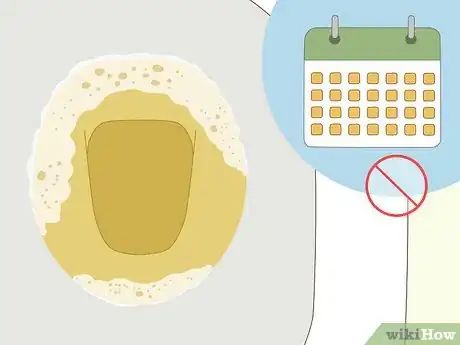
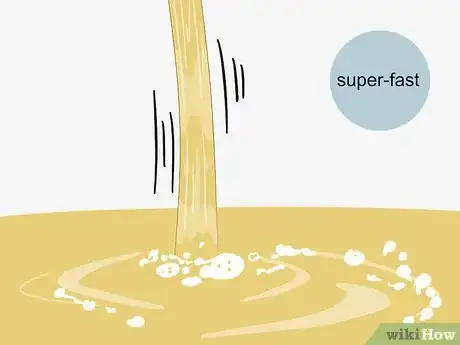

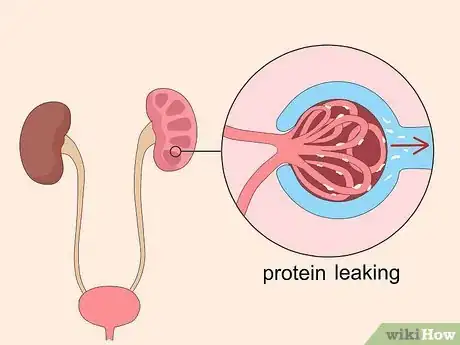

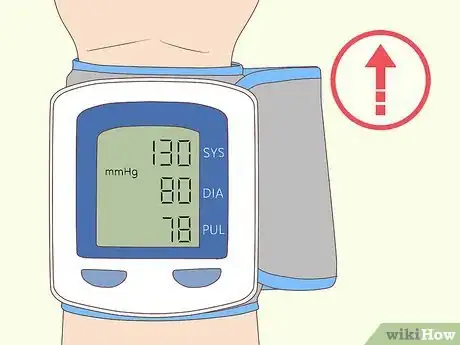
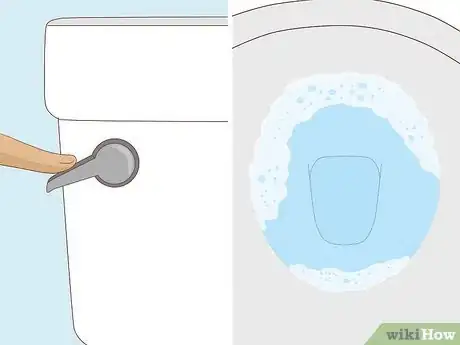
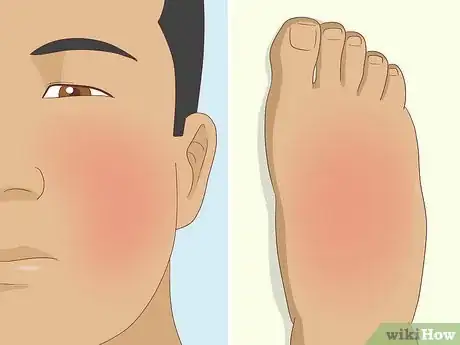
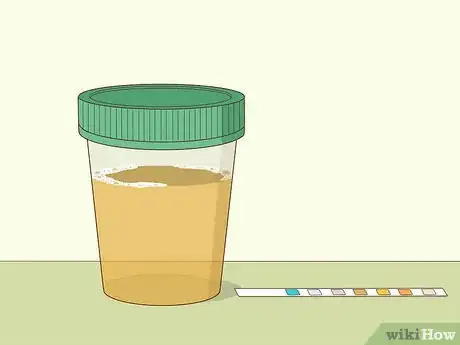

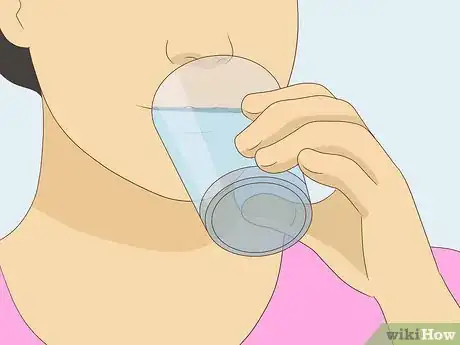
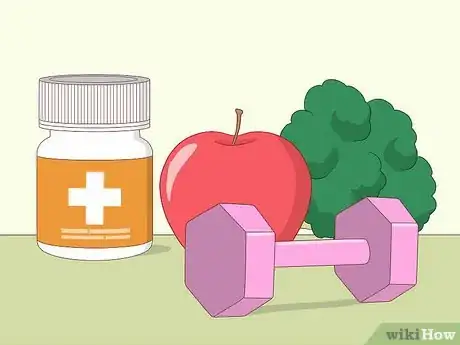

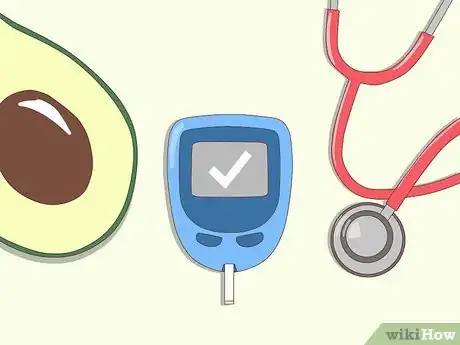
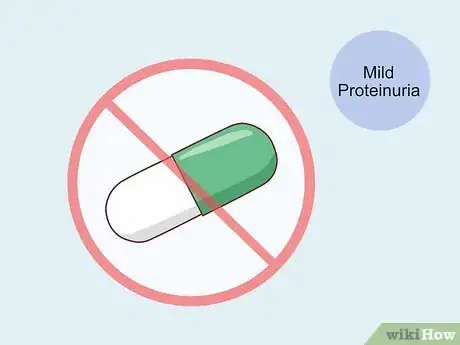
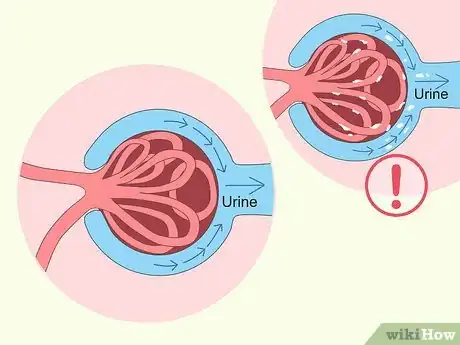








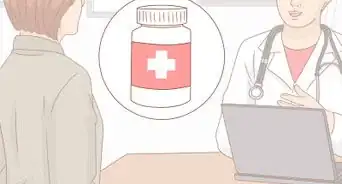
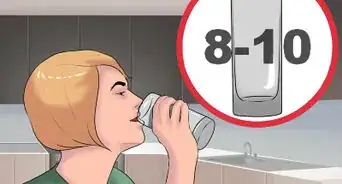




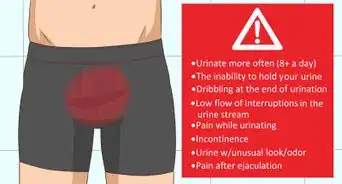













































Medical Disclaimer
The content of this article is not intended to be a substitute for professional medical advice, examination, diagnosis, or treatment. You should always contact your doctor or other qualified healthcare professional before starting, changing, or stopping any kind of health treatment.
Read More...